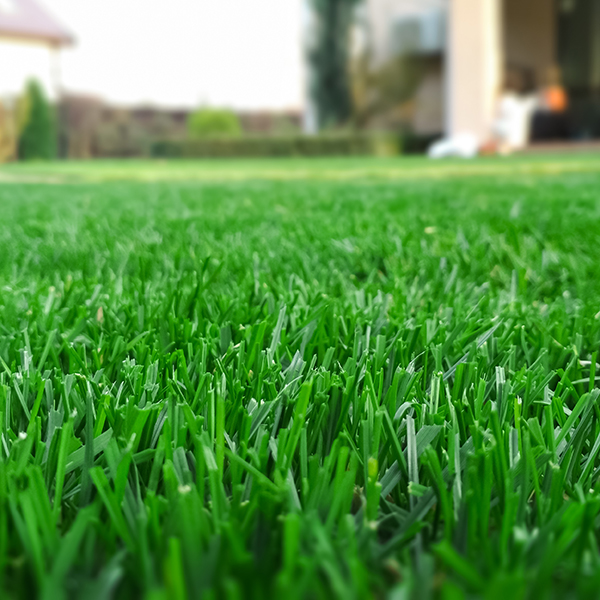As winter recedes and the front lawn starts to emerge from under its Arctic ice sheet, New Englanders can begin thinking about the joys of spring bulbs and fresh mown grass. Tulips and daffodils appear reliably with the warmth of April, and we get to enjoy their simplistic beauty knowing that even with minimal care and maintenance, their blooming cycle will continue for years to come. As for fresh mown grass, we also know that there is much to be done in the weeks ahead to ensure one’s personal swath of super thick, healthy, weed free green.
April would not be the same without every lawn care expert coming out of the woodwork with helpful ‘how to’ advice in mastering the art of the perfect lawn. Most of the pointers involve 4-step fertilizer programs, soil testing and liming, dethatching or aerating, weed control strategies and so on. All good advice. But most ignore the most important early spring tip of them all. Sometimes it is best to do nothing at all!
In late March and early April, especially after a long, cold, difficult winter such as we just experienced, it is usually best to stay off the lawn until things begin to stabilize. Even though the snow cover may be gone, soils are still cold, possibly still partially frozen, and fully saturated with water. Until these areas drain off naturally, the lawn can be subject to tremendous unintended damage from both maintenance equipment (spreaders, aerators, mowers etc.) and even simple foot traffic. This means that a basic “spring cleanup”, if done prematurely, could result in serious soil compaction issues that might have long term negative effects. Damage to the soil structure inevitably results in poor rooting of the turf plus a loss of vigor. This would be followed by thinning, general weakness, and a heightened potential for disease and the infiltration of weeds.
Our advice? Be eager for spring, but be respectful of Mother Nature’s calendar. Stay off the lawn until things are firm underfoot. Use the lawn’s natural spring green up as an indicator that conditions are finally favorable to proceed with a well crafted lawn care program.
Although it might be true about the early bird getting the worm, with lawn care sometimes it is a case of the second mouse getting the cheese.








